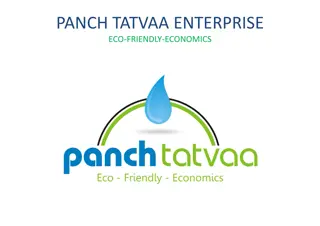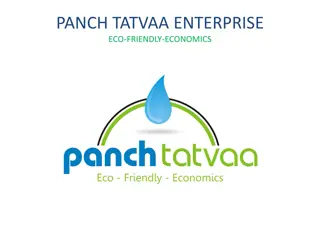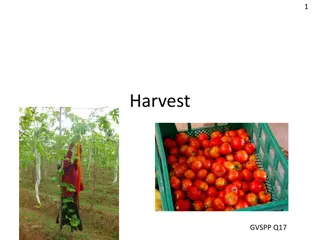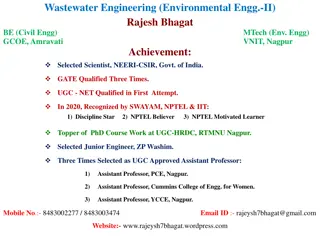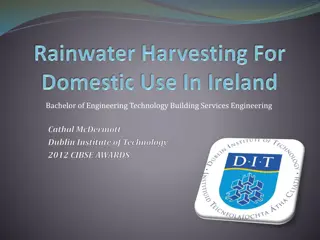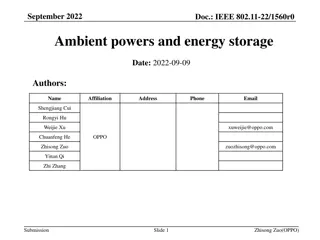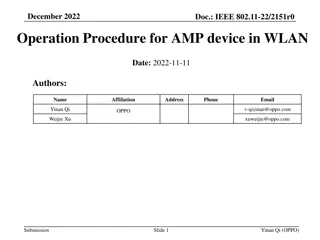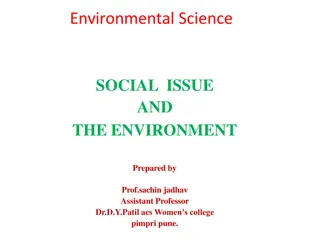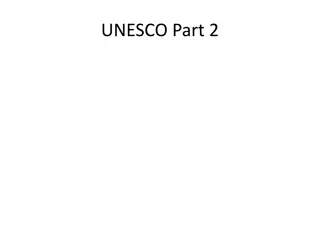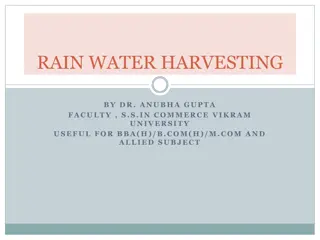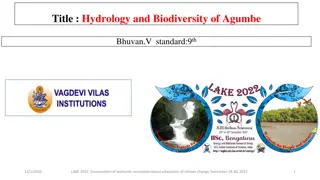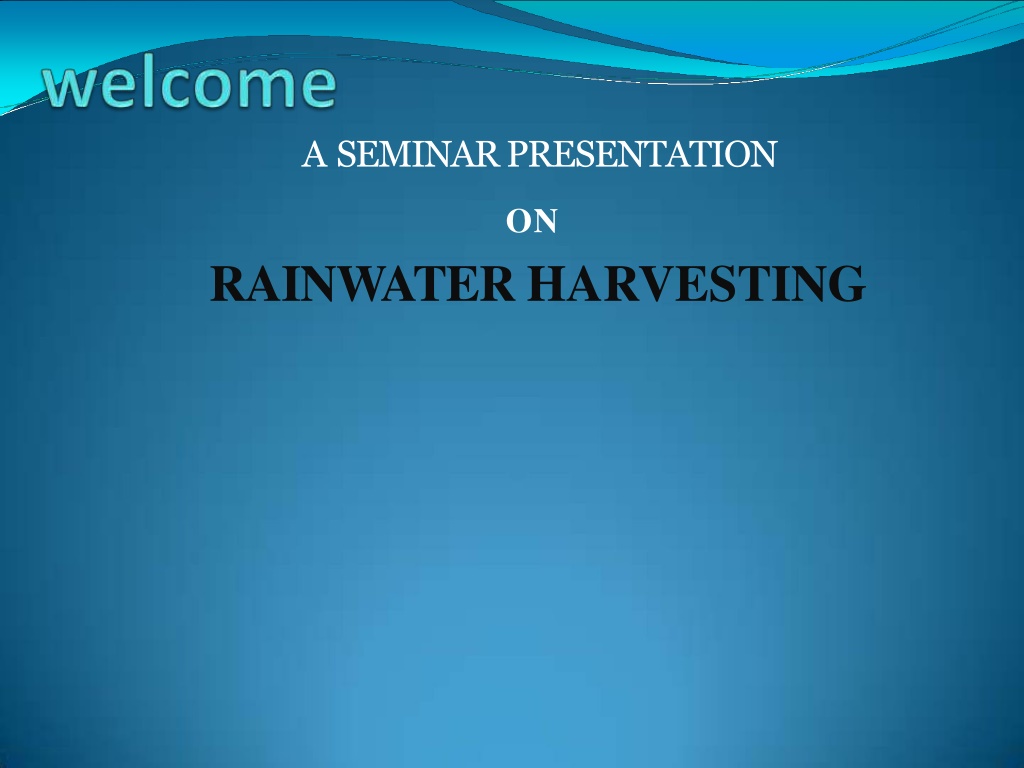
Rainwater Harvesting Techniques and Importance
Learn about rainwater harvesting, a method of accumulating and storing rainwater for various purposes. Discover why it is essential, different techniques involved, and its importance in sustainable water management. Explore how surface runoff harvesting and rooftop rainwater harvesting can help address water scarcity and environmental challenges.
Download Presentation

Please find below an Image/Link to download the presentation.
The content on the website is provided AS IS for your information and personal use only. It may not be sold, licensed, or shared on other websites without obtaining consent from the author. If you encounter any issues during the download, it is possible that the publisher has removed the file from their server.
You are allowed to download the files provided on this website for personal or commercial use, subject to the condition that they are used lawfully. All files are the property of their respective owners.
The content on the website is provided AS IS for your information and personal use only. It may not be sold, licensed, or shared on other websites without obtaining consent from the author.
E N D
Presentation Transcript
A SEMINAR PRESENTATION ON RAINWATER HARVESTING
WHAT IS HARVESTING? Harvesting is defined as storing in such a way thatit can be used throughout theyear.
WHAT IS RAIN WATER HARVESTING? Rainwater harvesting is the accumulating and storing of rainwater by artificial methods for furtherutilization. The principle of collecting and using precipitation from a catchmentssurface. Mostly done by rooftop harvesting and is used for domestic and agriculturalpurposes.
WHY IS THIS REQUIRED? Surface water is inadequate to meet our demand and wehave to depend on groundwater. Environmental Changes. To arrest ground water decline and augment ground watertable To beneficiate water quality inaquifers To conserve surface water runoff duringmonsoon To reduce soil erosion Due to rapid urbanization, infiltration of rain water into the sub- soil has decreased drastically and recharging of ground water has diminishedetc. Bangalore gets most of its drinking water from a distance of 95 kms. and adepth of 500mts.
RAIN WATER HARVESTING TECHNIQUES : Roof top rainwaterharvesting. Surface runoff harvesting .
COMPONENTS OF ROOFTOP RWH CATCHMENT COUNDUITS FILTERS STORAGEFACILITY
A first rain separator and a sand filter (First Flush)
SURFACE RUNOFF HARVESTING Harvesting of surface runoff and storage of the same into reservoirs such as water pans makes it available for use when required. In this method of collecting rainwater for irrigation,water flowing along the groundduring the rainswill be collected to a tank below the surface of the ground..
USES OF RAINWATERHARVESTING DomesticUse Agricultural Use Industrial and Commercial use Increase groundwater supplies
Advantages: It provides self-sufficiency to watersupply. Rainwater harvesting is less expensive, easy to construct and easy tomaintain. Rainwater Harvesting slows down water flow,contains potential floodwater and reduces spread ofpollution. The water is convenient and accessible; valuable time and effort are saved in collecting and/or haulingwater. It providesasupplyof waterto meetourfuture needs.
Disadvantages: Initial cost may behigh. Regular Maintenance . Vulnerable waterquality. Storage capacitylimits.
CONCLUSION On of the best way to solve the world burning facing issue: WaterScarcity. Most useful for large scaleapplications. Saving of energy per lifting of well and saving of Water bills. Harvested water can be used for Daily householdneeds. The more the business and industries involved = greater environmental and economic benefits. Rainwater Harvesting saves water, money and the environment.
RainwaterHarvesting A NOBLE GOAL A COMMON RESPONSIBILITY



